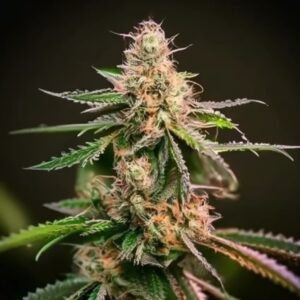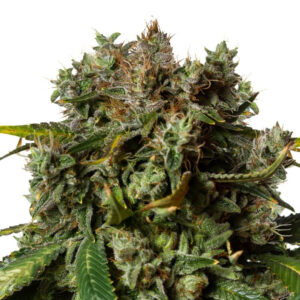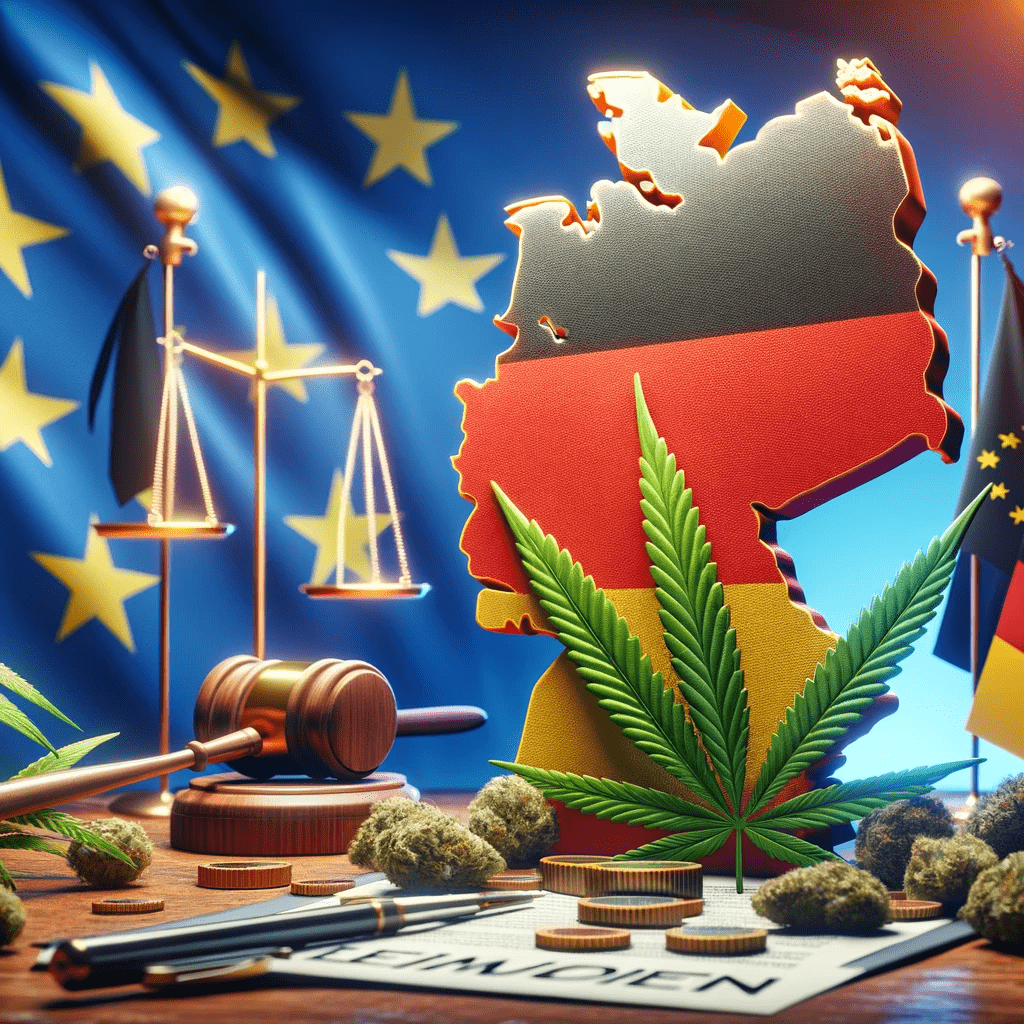Following its recent legalization in several Western countries and some states in the United States, the debate over the uses and abuses of marijuana has become global. In Latin America, the cannabis markets in Mexico, Colombia, and Brazil stand out. While the medicinal sector experiences the most notable growth, there is also considerable potential in its industrial application, with forecasts of explosive growth by 2026.
According to Euromonitor International data from 2021, the cannabis market in Latin America grew by 17%, reaching a value of $170 million, with Mexico being the largest market at approximately $59 million. This market research firm highlights that 2021 marked a historic milestone due to regulatory advancements and the initial steps, towards establishing a functional industry in various countries in the region.
However, there is still a long way to go. According to Euromonitor, the marijuana industry in Latin America is in its infancy, with its growth largely driven by increased access to cannabis products in various formats. As more countries, regulators, medical professionals, and consumers become familiar with different options for marijuana consumption, greater opportunities for the industry emerge. The most prominent growth trend is related to traditional medicines, herbs, and supplements, given the evident link between the health industry and the cannabis industry. Colombia, Mexico, and Paraguay lead production in the region, while other countries such as Argentina, Ecuador, Brazil, Uruguay, Chile, Venezuela, and Costa Rica have lower or moderate production, mainly to meet domestic demand.
So far, medicinal marijuana has emerged as the most promising market, especially considering that most countries with relevant legislation, such as Chile, Colombia, Peru, and Argentina, have authorized it exclusively for therapeutic use. In 2021, this segment experienced notable growth of 27%, with an annual increase projected at 91% over the next five years. According to Euromonitor estimates, the regional medicinal weed market is expected to reach $1.2 billion by 2026.

Currently, the legalization of medicinal marijuana is limited to a few countries. For example, in Chile, a broad network of patients and non-governmental organizations has been established since its legalization, ensuring access for over 150,000 patients. However, limitations persist regarding access to quality pharmaceutical products and prescribed medications, leading many to obtain weed through home or community cultivation.
On the other hand, in Colombia, entry into the market has been more gradual, but the country has established a solid regulatory framework that has become a reference for the region. This has led to the proliferation of companies dedicated to medicinal cannabis, both for the local and international markets.
It is estimated that by 2022, the potential medicinal marijuana market in Mexico will be the largest in the region, exceeding $40 million. Meanwhile, the legalization of weed for recreational use lags behind.
For years, Latin America has led efforts to regulate the medicinal, recreational, and industrial use of cannabis. It all began in Uruguay in 2013, with the approval of legislation allowing both medicinal and psychoactive use of the plant.
Although some countries are moving towards policies recognizing the use of marijuana for recreational and medicinal purposes, many others still maintain a punitive approach, including fines and imprisonment. Next, we will review the jurisdictions that have made the most progress on this issue.
Regulation for the medicinal use of cannabis in Mexico was finally published in the Official Gazette of the Federation (DOF). Although Congress approved the reform in 2017 to allow the medicinal use of marijuana and its pharmacological derivatives, it was not until July 2020 that progress was made towards the implementation of this regulation by the Executive. The Supreme Court of Justice of the Nation (SCJN) granted four extensions after determining that the prohibition was unconstitutional.
The regulation details thatpermits for the use of medicinal marijuana will be granted for research, diagnosis, and prescription of cannabis-based medications, as well as for primary production intended for obtaining raw materials. Additionally, recreational use was approved in 2021.
Pharmacological derivatives and medications containing weed can be imported as long as a sanitary import permit is obtained. In this regard, the Tax Administration Service (SAT) of Mexico, responsible for applying tax and customs legislation, verifies compliance with the provisions applicable to the import and export of raw materials.
It is important to note that the published standard does not establish a limit on the percentage of tetrahydrocannabinol (THC), the main component of marijuana. In case the use of medications or cannabis derivatives with a high percentage of THC causes health deterioration, responsibility could lie from the manufacturer to the prescribing physician, depending on the cause of the damage. For example, if the damage is due to inadequate prescription, the treating physician is responsible; however, if the cause of the damage is attributed to the use of defective raw materials, responsibility, lies with the manufacturer.
In Peru, the approval of the medicinal and therapeutic use of marijuana and its derivatives was through Law 30681 in 2017, although the corresponding regulation was not approved until 2019, delaying the legal sale of medications until 2020. During this period, only one pharmacy was authorized throughout the country to distribute weed products, which was insufficient for a population of over 33 million inhabitants.
According to data from the Peruvian Ministry of Health (Minsa), there are currently 27 authorized pharmacies to import and market marijuana intended for the production of marijuana-derived medications. The government keeps a record of patients consuming these types of medications through the national registry of weed-consuming patients, managed by the Directorate of Medicines, Supplies, and Drugs (Digemid). This registry is completed online through a sworn statement by the treating physician or the patient, who receives information about the benefits and risks of using these medications.
Peruvian legislation establishes a distinction in the use of drugs with THC concentrations higher, equal to, or less than 1%. Only the transformation of plants or parts of the pot plant whose content is less than 1% dry weight is allowed. The Peruvian Ministry of Agricultural Development and Irrigation (Midagri), responsible for the agricultural sector, supervises this limit, and if a weed crop exceeds the established THC concentration limit, all the product must be destroyed.
Advertisement of cannabis derivatives or drugs is prohibited in Peru, as are medical or gift samples.
Three types of licenses are distinguished in Peru: the scientific research license, granted by Minsa to accredited universities and health research institutions; the import and commercialization license, granted by Digemid to authorized and certified pharmaceutical establishments; and the production license, which may include cultivation, granted by Midagri.
In Argentina, Law 27.350, approved in March 2017, regulates the medicinal use of cannabis and its derivatives for research purposes. This law aims to promote research on marijuana and its derivatives, raise awareness about its use, and guarantee the right to health.
However, this law does not regulate self-cultivation and restricts access to cannabis oil and its derivatives, limiting its use only to research programs for refractory epilepsy. This led Argentinians to begin meeting their own demands through self-cultivation.
To address these limitations, in 2020, the Argentine Executive published new regulations for Law 27.350, allowing controlled self-cultivation of weed for medicinal use and the sale of therapeutic hemp oils in authorized pharmacies. This regulation expanded access to medicinal marijuana beyond patients with epilepsy.
Like in Peru, users of medicinal marijuana must register. In Argentina, this registry is under the Cannabis Program Registry (Reprocann), under the Ministry
of Health. Those wishing to cultivate their own supply must obtain a cultivation license.
The National Administration of Drugs, Food, and Medical Technology (Anmat) authorizes the importation of cannabis oil and its derivatives for patients with medical indications.
In May 2022, the Argentine Chamber of Deputies approved a law regulating the industrial production of pot plants, which had already been approved by the Senate.
In Colombia, the regulation of the medicinal use of cannabis and its derivatives was established in 2017 through Decree 613. Since then, various Colombian government institutions have been responsible for issuing the corresponding licenses. For example, the National Institute for Food and Drug Surveillance (Invima) grants permits for scientific research.
The Ministry of Justice and Law (Minjusticia) issues cultivation licenses for scientific purposes. Depending on the process, individuals must obtain the corresponding licenses. Those wishing to cultivate and process weed must obtain a license to manufacture cannabis derivatives and a license to cultivate weed.
For the manufacture of cannabis derivatives, a maximum limit of marijuana that can be acquired for transformation into oils, resins, or other weed extracts is imposed within a defined period and with a maximum allowed each year.
The Ministry of Health is responsible for maintaining a record of all licenses granted. According to the latest information, there are a total of 650 licenses for the use of seeds for planting, the cultivation of non-psychoactive pot plants, and approximately more than 171 licenses for the manufacture of cannabis derivatives.

The Ministry of Commerce and Colombia Productiva have announced the availability of 620 new quotas for micro, small, and medium-sized enterprises (MSMEs) in the manufacturing, agro-industrial, services, cannabis, and hemp sectors to access free services aimed at improving their quality, regardless of their geographical location within the country.
This initiative is part of the ‘Quality for Reindustrialization’ strategy and includes the allocation of 500 quotas for specialized training programs and 120 for technical assistance provided by experts.
Soraya Caro Vargas, Deputy Minister of Business Development, emphasized that one of the main objectives of the Reindustrialization policy is to promote the adoption of quality standards in MSMEs, with the purpose, of improving and diversifying the country’s supply of goods and services, both for the domestic and export markets.
During 2023, more than 1,400 MSMEs participated in these calls, which has motivated the allocation of new resources so that a greater number of companies can benefit from free services and improve their quality.
Aurelio Mejía, general manager of Colombia Productiva, stressed that the implementation of quality standards can lead, for example, to an increase in control in production processes of up to 75%, or a reduction in defective products of up to 50%.
“In summary, the goal is to achieve more efficient production, less costly, and with greater customer satisfaction. Our goal with free training and technical assistance is for more companies to achieve these types of results,” he stated.
According to the Ministry of Commerce, the training and technical assistance provided will focus on the specific needs of companies to access new markets and meet the requirements of their clients. This includes certifications in good manufacturing practices, ISO standards, sustainability and environmental standards, as well as production traceability and information security requirements, among other aspects.













Related Posts

Welcome to the exciting world of cannabis and cryptocurrency! BTC and marijuana make the perfect match, offering a seamless and secure way to purchase weed seeds and accessories.

Dive into Germany’s groundbreaking step in legalizing recreational cannabis, setting a trend in the EU. Understand the nuances of European cannabis laws, their implications, and the mixed approaches towards medicinal and recreational use across the continent. Stay updated on this dynamic topic.

With escalating environmental concerns, society’s search for sustainable, innovative solutions has never been more critical. One solution that shows great promise lies in the cultivation of an adaptable and versatile plant species known as industrial hemp. In this in-depth exploration, we will delve into the environmental benefits and the extraordinary potential of industrial hemp as an eco-friendly alternative across various…